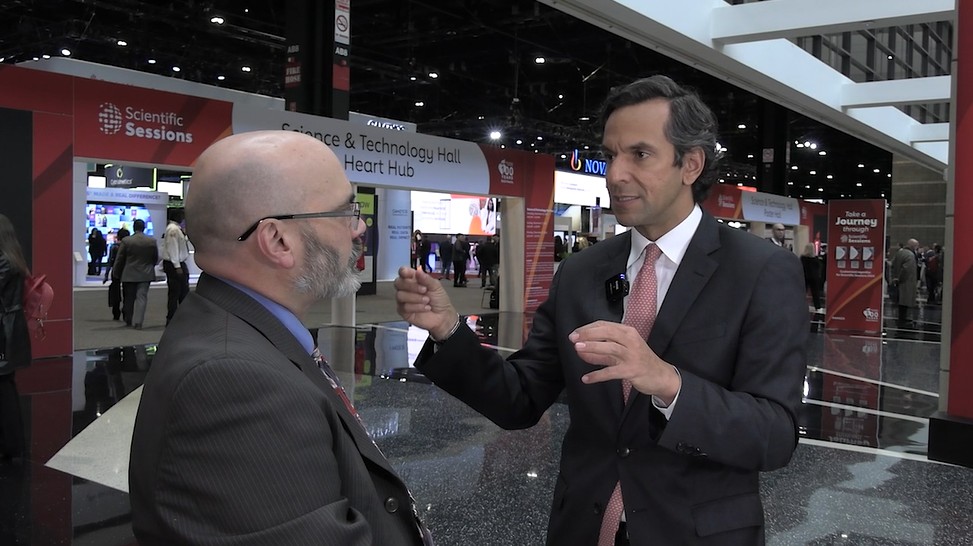
Long-term outcomes from Mount Sinai’s extensive experience with the Ross procedure demonstrate its safety, durability, and effectiveness as a preferred surgical option for younger patients with aortic valve disease. Presented by Ismail El-Hamamsy, MD, PhD, at the 2024 American Heart Association meeting, data from 455 patients over 15 years showed a 12-year reintervention rate of just 4%, with survival rates matching those of the general population – an achievement rarely seen with artificial valves. The Ross procedure replaces a diseased aortic valve with the patient’s own pulmonary valve, creating a living, autologous valve that functions more naturally and avoids the complications and limitations of mechanical or bioprosthetic alternatives.
El-Hamamsy emphasized that the Ross procedure offers a “natural solution” for patients under 60 or 65, combining long-term durability with freedom from anticoagulation therapy. While transcatheter aortic valve replacement (TAVR) remains a valuable option for older patients, he views the two approaches as complementary. Mount Sinai now performs more Ross procedures than any center worldwide, with volumes quadrupling in the past decade, reflecting growing recognition of its benefits. However, El-Hamamsy cautioned that the operation’s technical demands require high-volume centers with specialized expertise to ensure optimal outcomes and lasting results.
See video interview of Dr. El-Hamamsy, Randall B. Griepp Professor of Cardiovascular Surgery at the Icahn School of Medicine at Mount Sinai, and System Director, Aortic Surgery at Mount Sinai Fuster Heart Hospital, Mount Sinai Health System, speaking with Cardiovascular Business about the new data, here:
Credit: Cardiovascular Business, October 14, 2025, by Dave Fornell.

